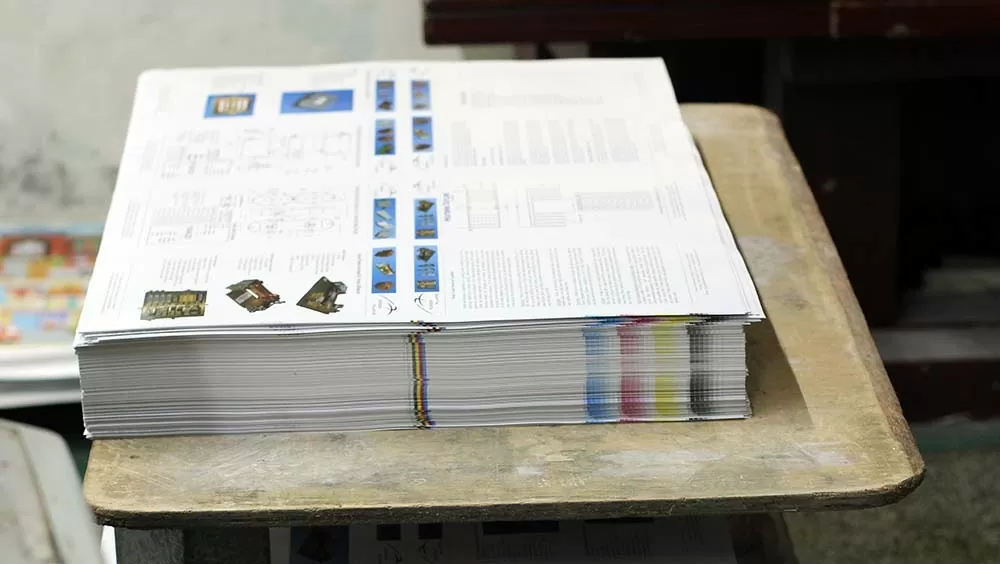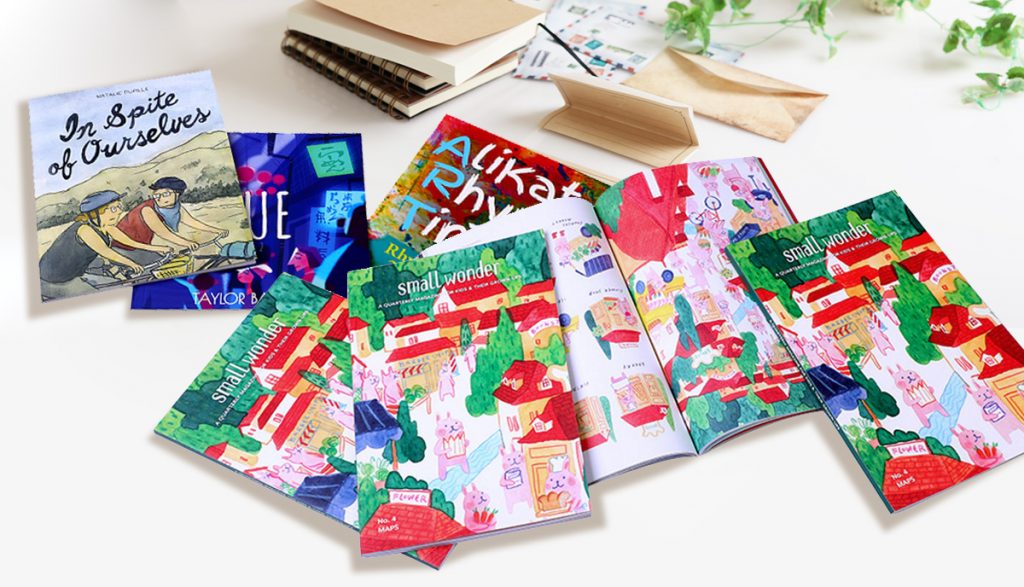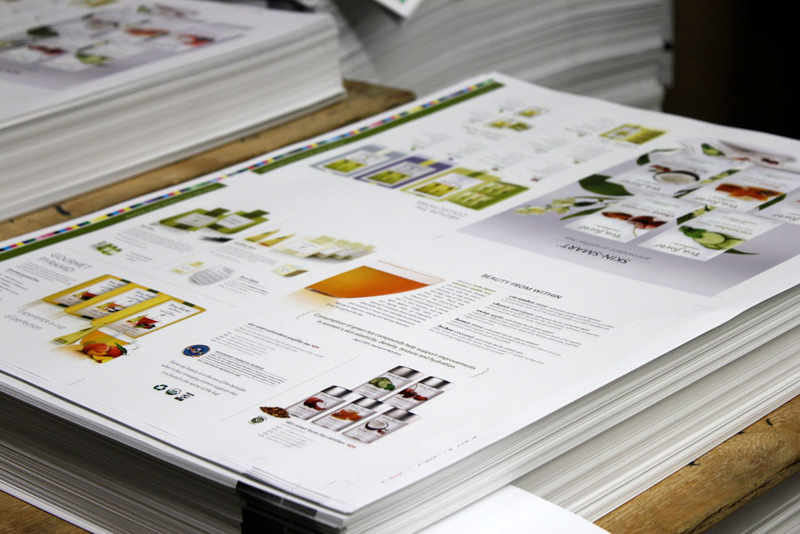Offset Printing Papers: What are the Key Features?
The Ultimate Guide to Offset Printing Papers
Offset printing is a widely used printing technique that transfers ink from a plate to paper using a rubber cylinder. One of the key components of this process is choosing the right type of paper. In this guide, we will explore the different aspects of offset printing papers, including their key features, types, and common sizes.
What are Offset Printing Papers?
Offset printing papers are specially designed papers that are used in offset lithography, a popular printing method for various materials such as books, magazines, brochures, and more. These papers are engineered to meet the requirements of the offset printing process, ensuring high-quality and efficient printing.
Key Features of Offset Printing Papers
Offset printing papers possess several key features that make them ideal for offset lithography. These features include:
- ISO Brightness: Offset papers typically have a brightness level of over 80%, ensuring crisp and vibrant print results.
- Grammage: The grammage of offset papers ranges from 40 to 300 grams per square meter (gsm). The choice of grammage depends on the specific printing needs and desired durability.
- Sizing: Offset papers are highly sized, which means they have been treated with a special coating to resist moisture and enhance ink absorption.
- Internal Bonding: Good internal bonding ensures that the paper can withstand the stress of the printing process without tearing or ripping.
- Surface Strength: Offset papers have a strong surface, allowing for clean and precise ink transfer.
Types of Offset Printing Papers
There are several types of offset printing papers available, each with its own unique characteristics and applications. The most common types include:
- Bond Paper: Bond paper is a popular choice for everyday office printing. It is uncoated and offers good ink absorption.
- Coated Papers: Coated papers come in two main varieties: glossy and matte. Glossy coated paper provides a smooth and shiny finish, making it suitable for brochures, flyers, and magazine covers. Matte coated paper offers a more subdued finish, perfect for applications where a subtle shine is desired.
- Uncoated Papers: Uncoated papers have a natural, textured surface, making them ideal for projects that require easy readability and writability. They are commonly used for newspapers, books, and magazine inside pages.
- Specialty Papers: Specialty papers include textured papers, metallic papers, and cardstock. These papers offer unique visual and tactile effects, making them suitable for high-end printing projects and special occasions.
Choosing the Right Offset Printing Paper for Your Project
Selecting the right offset printing paper is crucial for achieving the desired print quality and durability. Here are some factors to consider when choosing offset printing papers:
- Intended Use: Consider the purpose of your print project. Is it a book, flyer, brochure, or something else? Different paper types suit different applications.
- Budget: Determine your budget and find a paper that fits within your cost constraints. Remember, cheaper papers may compromise print quality.
- Desired Outcome: Consider the look and feel you want to achieve. Do you need vibrant colors or a more subdued finish? Choose a paper that aligns with your aesthetic goals.
- Weight and Thickness: The weight of the paper impacts its durability and visual appeal. Heavier papers are more durable, while lighter papers are easier to distribute.
- Texture: The texture of the paper affects its visual impact and legibility. Smooth papers are ideal for crisp text, while textured papers add visual interest.
- Color and Coating: Consider the color of the paper and whether you want it to be coated or uncoated. Coated papers enhance color vibrancy, while uncoated papers allow for easy writing.
- Opacity and Brightness: Higher paper opacity reduces show-through, while brightness affects color appearance. Choose papers that suit your specific print needs.
- Ink Compatibility: Ensure that the paper is compatible with the type of ink you will be using to prevent smudging or fading.
Common Sizes of Offset Printing Papers
Offset printing papers are available in a wide range of sizes to accommodate various printing needs. The most common sizes include:
- Parent Sheets: Parent sheets are large pre-cut pieces of paper designed to fit multiple pages or cards. Standard sizes, such as 8.5" x 11", are cost-effective options for many applications.
- Custom Sizes: Offset printers can cut papers to custom sizes, allowing for more flexibility in print projects. Discuss your specific size requirements with your printer.
In Summary
Offset printing papers play a crucial role in the success of any offset printing project. By understanding the key features, types, and sizes of offset printing papers, you can make informed decisions when choosing the right paper for your specific needs. Consider factors such as intended use, budget, desired outcome, weight, texture, color, coating, smoothness, opacity, brightness, and ink compatibility. With the right offset printing paper, you can achieve high-quality and visually stunning print results.
FAQs about Offset printing papers:
What are Offset Printing Papers?
To understand offset printing papers, it's essential to know that they are specially engineered for offset lithography, ensuring high-quality and efficient printing outputs.
Key Features of Offset Printing Papers
Offset printing papers boast crucial features like ISO brightness, grammage, sizing, internal bonding, and surface strength, essential for top-notch results in offset lithography.
Types of Offset Printing Papers
When exploring the types of offset printing papers like bond paper, coated papers, uncoated papers, and specialty papers, each brings unique characteristics suitable for various applications.
Choosing the Right Offset Printing Paper for Your Project
The process of choosing the correct offset printing paper involves considering factors like intended use, budget, desired outcome, weight, texture, color, coating, opacity, brightness, and ink compatibility.
In conclusion, offset printing papers are essential for quality prints. Understanding paper types and sizes is crucial. Consider factors like weight and finish when selecting paper. Proper handling and storage ensure optimal results. Troubleshooting paper issues is key to successful printing. Stick to best practices for top-notch prints. Happy printing!





